By:
- Laura Margoni
Published Date
By:
- Laura Margoni
Share This:
Live, Learn, Play: Vibrant New Neighborhood to Break Ground on Campus
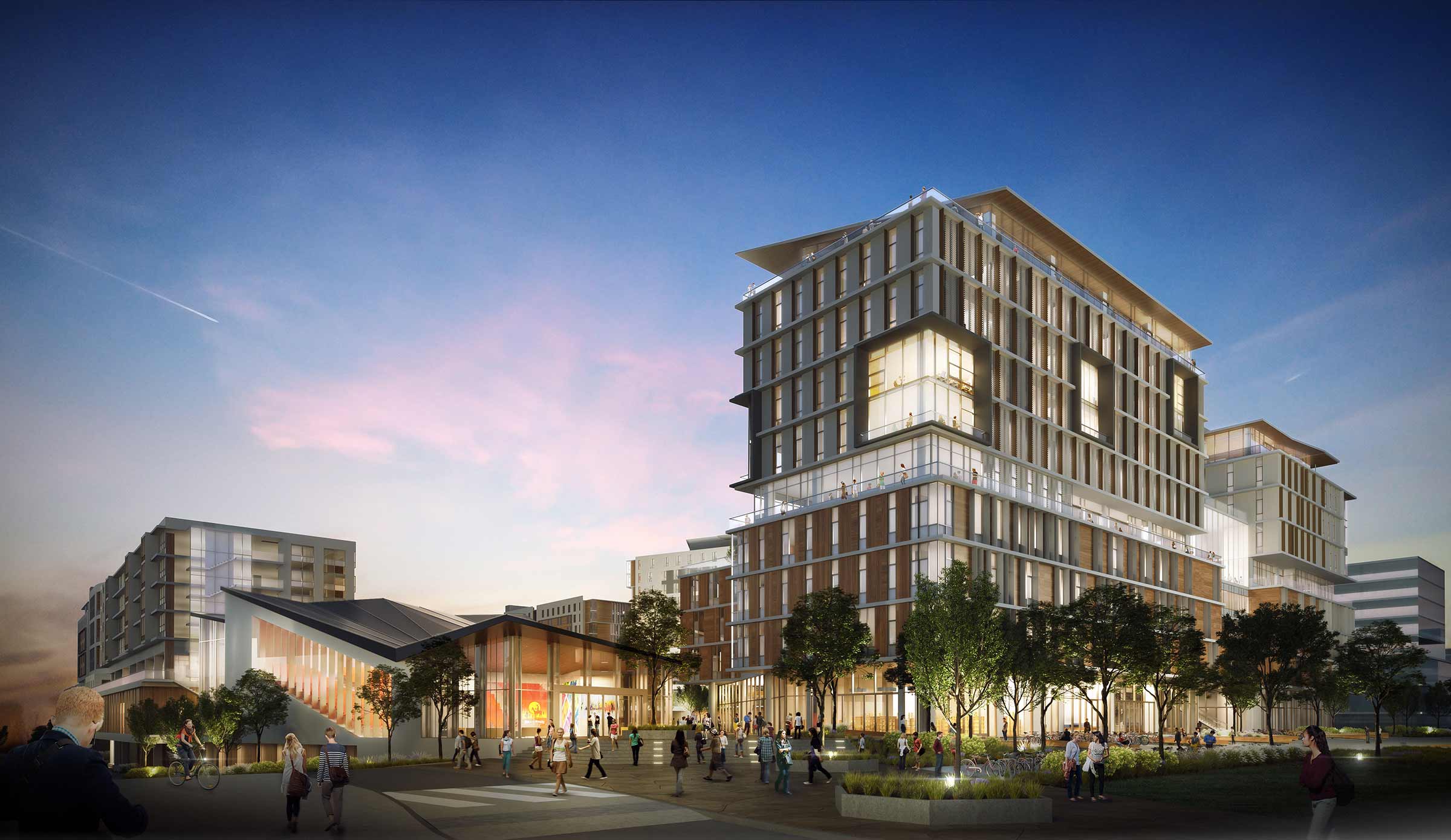
When the North Torrey Pines Living and Learning Neighborhood breaks ground on June 18, a neighborhood like no other at UC San Diego will begin to take shape. Located between Muir and Marshall Colleges on the west campus, the new neighborhood will be a vibrant, mixed-use community incorporating residential, academic and administrative space, retail and parking.
“The North Torrey Pines Living and Learning Neighborhood is a fundamental component in the transformation of the UC San Diego campus into a live, learn, play community,” said Chancellor Pradeep K. Khosla. “It’s an extraordinary venture that will enhance our students’ experience, providing them with a truly dynamic environment in which they can thrive.”
With a footprint covering more than 10 acres, the 1.6 million-gross-square-foot project is the largest in the history of the architecturally acclaimed campus. The complex—expected to be completed in fall 2020—will become the new home for Sixth College, comprising 2,000 undergraduate beds, 1,200 underground parking spaces and a market, dining hall, retail space and craft center. The neighborhood will also house two new academic buildings—one for Social Sciences and one for the Arts and Humanities.
Known as the Public Engagement Building, Social Sciences’ space will be anchored by the Department of Education Studies; CREATE, the Center for Research on Educational Equity, Assessment and Teaching Excellence; and the Urban Studies and Planning Program with its new Real Estate and Development program major.
“Our new Public Engagement Building will become a hub where our faculty, students and the broader community can work together to generate ideas about quality of education and quality of life,” said Carol Padden, dean of the Division of Social Sciences. “Our goal is to sustain healthy neighborhoods throughout the San Diego region and grow high-quality schools.”
For Arts and Humanities, the division’s new building will mark the first time in the university’s history that all three humanities departments—History, Literature and Philosophy–will be gathered in the same space.
“The humanities train all students to think critically, express creatively and communicate clearly,” said Division of Arts and Humanities Dean Cristina Della Coletta. “We are thrilled that this new structure will create a physical hub for the generation of theories and ideas that evolve through dialogue, discussion and reinterpretation with partners on and off campus.”
The Arts and Humanities Building will also be home to the Institute of Arts and Humanities and the Analytical Writing Program, initiatives that Della Coletta calls “key to extending the scholarly fundamentals derived from the humanities to the full spectrum of academic knowledge.”
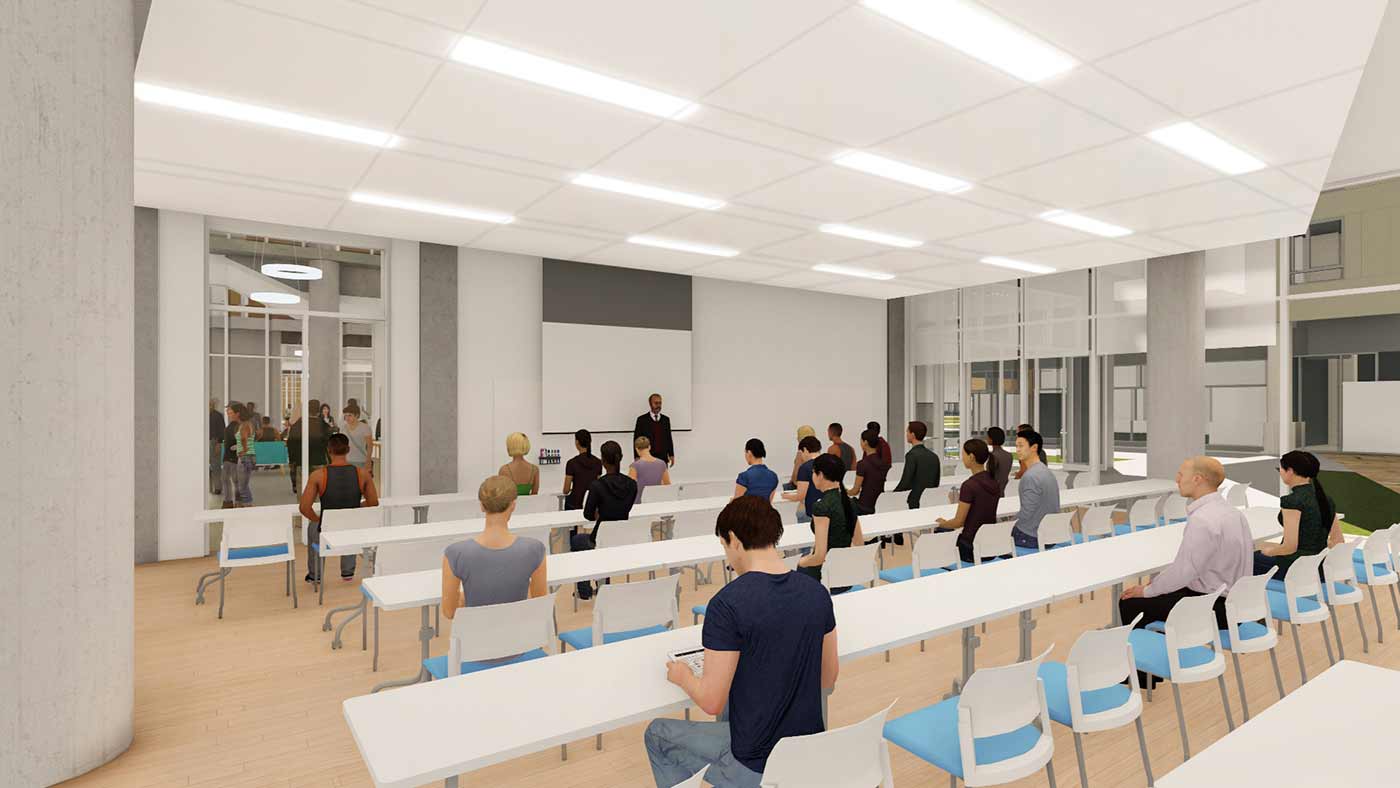
Included in the academic space will be eight general assignment classrooms and four active learning classrooms, which are student-centered, technology-rich spaces, designed to facilitate student interaction. There will also be four lecture halls of varying sizes–two 250-seat halls, one 350-seat hall and a large-scale 600-seat lecture hall.
In addition to providing much-needed living and academic space, the North Torrey Pines Learning and Living Neighborhood will also provide thoughtfully designed open space and public realm improvements including the realignment of Scholars Drive.
“There will be plenty of places to socialize and relax as well as pedestrian and bike-friendly pathways and elements,” said Matthew Smith, project manager and architect with UC San Diego Capital Program Management. “Enhancing movement of people and bikes through the campus core rather than on to the surrounding streets is an ongoing goal for the university, which development of this neighborhood will help us achieve.”
Construction of the North Torrey Pines Neighborhood will also strive to meet campus sustainability goals with the project seeking to achieve a Leadership in Energy and Efficient Design (LEED) platinum rating. Landscape design will be consistent with sustainability goals as well, emphasizing drought tolerance. The neighborhood also presents an opportunity for improved landscaping and signage at UC San Diego’s Muir College Drive entrance that will contribute to a sense of place, making wayfinding easier and reflecting the unique character of the university.
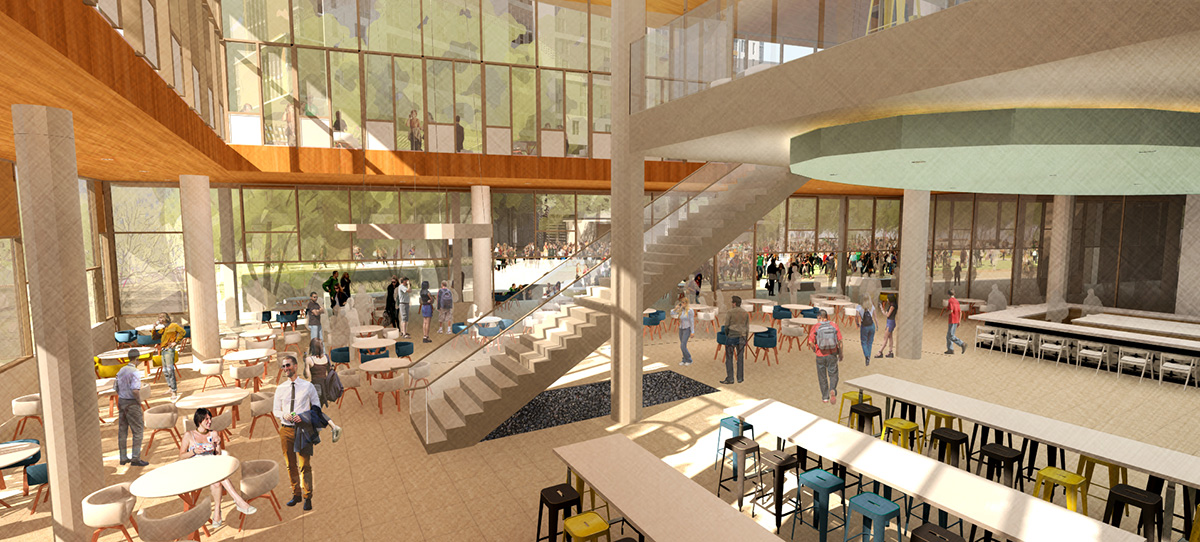
“The North Torrey Pines Living and Learning Neighborhood presents the university with so many opportunities to transform this area of campus,” said Smith.
However, new opportunities often bring new challenges.
While the neighborhood will add much-needed housing and learning space as well as a large underground parking structure, it will be built on two large surface parking lots, P207 and P208, which currently provide 970 spaces for the west campus. A new parking structure–the Osler garage near the School of Medicine –will open this summer, providing 1,350 spaces and helping to alleviate some of the issues.
“The Osler structure, along with shuttles, will be a key part of our parking mitigation plan,” said Josh Kavanagh, director of Transportation Services. “We’ll have several shuttles serving Osler every 15 minutes, providing a direct connection to Mandeville Loop in the heart of Muir College.”
A new shuttle will also serve the Torrey Pines Gliderport Lot. The lot already has space available all day and will have 100 spaces added this summer. Spaces will also be re-configured to reduce the walking distance to campus or the shuttle.
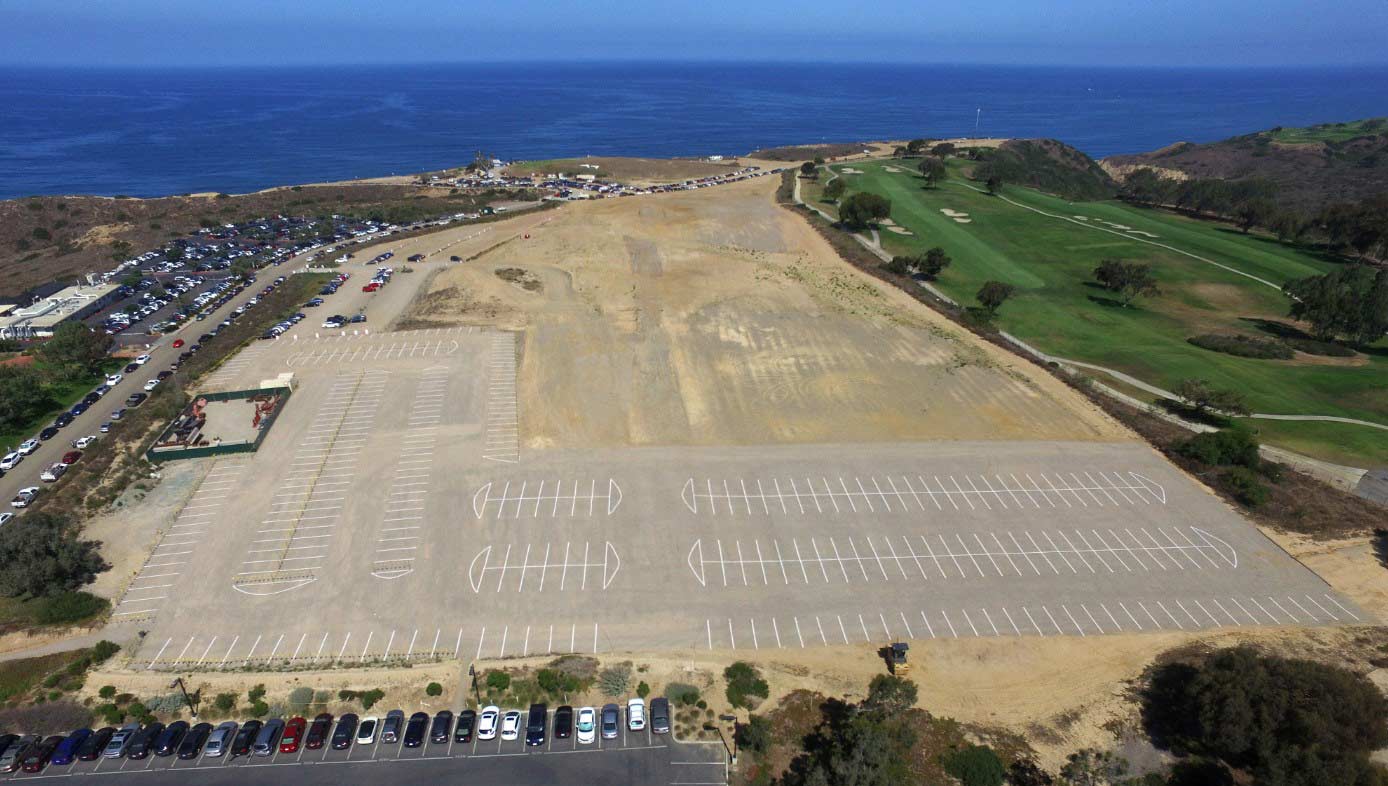
In addition to shuttles and parking structures, Transportation Services is employing other tactics and strategies to help people navigate the construction-related changes. These include:
- Relocating A,B and S permit spaces from within the construction areas to interim locations
- Adding time-limited A and B permit spaces
- Expanding ADA parking adjacent to the Faculty Club and Muir and Marshall Colleges
- Extending the ProRide pilot project for faculty
- Implementing pooled reserve areas to limit space lost to reserved parking
- Piloting a new valet lot near the North Torrey Pines Neighborhood site during summer quarter 2018 with possible continuation for fall.
Lyft rideshare and Spin bikes remain available for the campus community to use and Transportation Services is also offering a complimentary ECO Pass trial for new faculty and staff transit riders during Summer Quarter 2018.
“That’s a free transit pass that will help you commute to and from the university,” explained Kavanagh. “So if you haven’t used transit in the last couple of years, leave your car at home this summer and keep some cash in your pocket.”
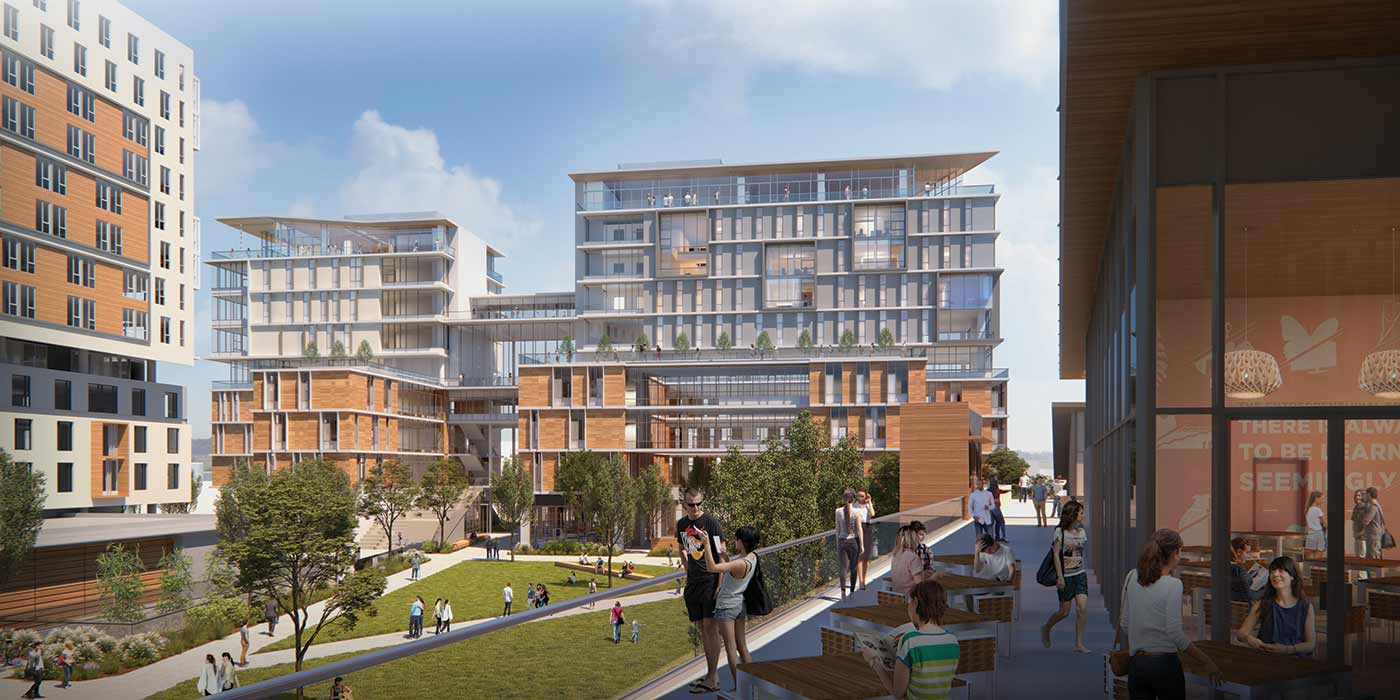
The campus community is also encouraged to engage with Transportation Services through one of their new outreach vehicles. Sign up for First to Know to receive timely notifications about changes to relevant parking and shuttles or participate in a Virtual Town Hall to provide feedback on proposed changes to parking.
“This is a big project and we’re doing our very best to predict the campus’s needs and put effective solutions in place,” said Kavanagh. “We’re going to continue monitoring how things are going and amend the suite of tools we have available. If you have any comments, we’d love to hear from you.”
Contact Transportation Services at .(JavaScript must be enabled to view this email address). For detailed project construction information including maps, videos and schedules, visit the North Torrey Pines Living and Learning Neighborhood website.
Share This:
You May Also Like
Engineers Take a Closer Look at How a Plant Virus Primes the Immune System to Fight Cancer
Technology & EngineeringStay in the Know
Keep up with all the latest from UC San Diego. Subscribe to the newsletter today.



